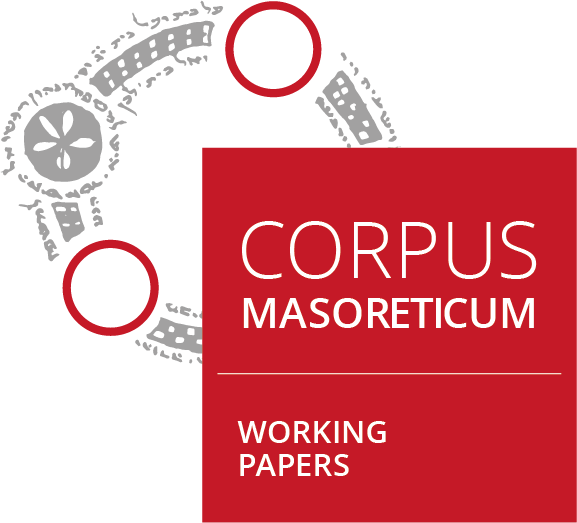Masora Figurata Explained: Page Layout, Text Layout and the Selection and Organisation of Masoretic Content in the Ashkenazi Bible British Library, MS Or. 2091
Identifier (Artikel)
Abstract
This article intends to contribute to a better understanding and appreciation of figurative Masora in medieval Masoretic Bibles by offering a study of the elaborate Masora Figurata of the Ashkenazi Bible British Library, MS Or. 2091. Containing Prophets and Writings without Targum, the Bible dates from the late thirteenth to the early fourteenth century. The Masora Figurata exclusively occurs in the form of delicate ornamental and figurative designs on the thirty opening pages of the Bible books, each of which also contains an embellished initial word. It is shown how exactly masoretic content was selected for and adapted to the ensembles and also what measures the masoretes took to help the reader navigate and comprehend the material. Since the Masora Figurata in this Bible was possibly created by three masoretes, an additional objective will be to distinguish between their hands as clearly as possible. With some patience, the text along the winding paths of the micrography of MS Or. 2091 reveals itself as solid and immediately relevant masoretic information. The masoretes who inscribed it clearly took pride in their work. The figurative Masora of this codex is as such a valuable repository for masoretic material that can be studied in a historical context.
Statistiken

Veröffentlicht (Versionen)
- 2022-07-06 (2)
- 2022-07-05 (1)


